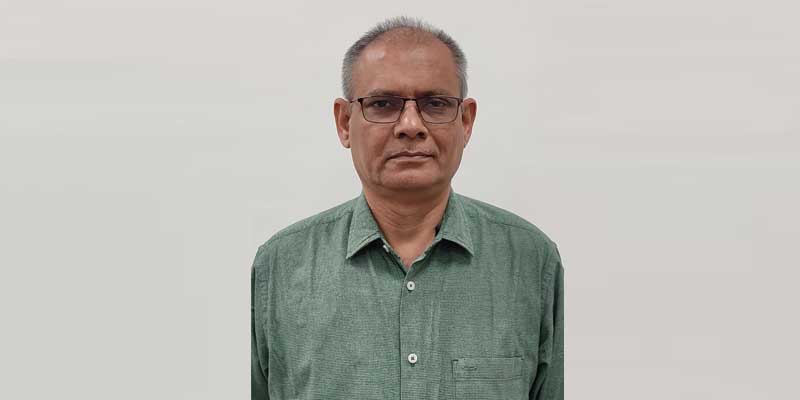Schedule a Call Back
Strong R&D is crucial for the success of Indian Railways: Dr Anirudh Gautam
 Interviews
Interviews- Sep 28,24

Related Stories

Hind Rectifiers Begins In-house Copper Conductor Production at Sinnar Plant
This initiative strengthens the company’s operations through cost optimisation, improved profit margins, and long-term business sustainability.
Read more
India’s Decarbonisation Journey: Turning Climate Challenge into Opportunity
While decarbonisation is increasingly becoming a prerequisite to access premium global markets, India's path to net-zero by 2070 is complex. However, with coordinated action, strategic investments, ..
Read more
Concord aims to position India as a global hub for advanced railway tech
In this interview, Gaurav Lath and Nitin Jain, Jt Managing Directors of Concord Control Systems, discuss factors driving demands for India’s safe, smart, and sustainable railway solutions.
Read moreRelated Products

Ball Rail Systems
Jinisha Electrolites offers a wide assortment of ball rail systems
















